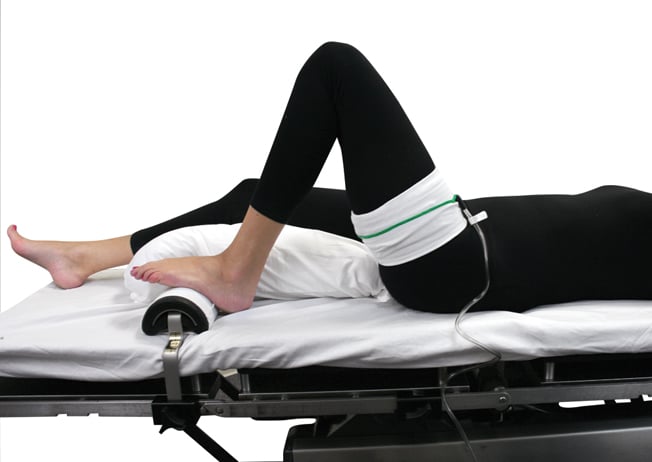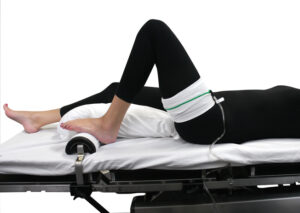
The Benefits Of Using Surgical Positioning Devices
 Surgical positioning devices are essential for the safety of patients. By using such devices, surgeons can also perform in an effective and timely manner. While there are a variety of different devices to choose from, they all prove to be important.
Surgical positioning devices are essential for the safety of patients. By using such devices, surgeons can also perform in an effective and timely manner. While there are a variety of different devices to choose from, they all prove to be important.
The Different Types of Devices
Depending on the surgery, different devices need to be used for select postures. Each device has benefits that are specific to each position.
The Hip Grip
The Hip Grip is designed for patients in the lateral position. This is when a patient is placed on the side of their body with the top leg directly over the bottom leg. By using this alignment, pressure is relieved on the coccyx.
There are many benefits of using The Hip Grip surgical positioning device. It can effectively reduce surgery time as well as accommodate a variety of different body types. Designed for positive pelvis control, it has a pelvic support bracket as well as a foam pad. This device is long lasting and comes with a ten year warranty.
The Arm Grip
The Arm Grip easily attaches to most operating room tables. By supporting a patient’s forearm during a lateral position surgery, a surgeon can cut down on the time it takes to finish a procedure. This surgical positioning device has a ball joint for effective adjustment. Because of the attachment rod, a wide range of positions are available. Not only is this a good positioning tool for the lateral surgical position, but it can also be used for the supine and prone positions as well.
The benefits of using this arm grip include having a wide range positions for maximum forearm support, multiple positioning options and the ability to save time during surgery. This device is flexible, but durable and also comes with a ten year warranty on all metal parts. A complete set of parts designed for the arm grip has a foam pad, support rod, 1 thumb screw, an arm strap and coversets.
The Knee Grip
Knee grip surgical devices are frequently used in surgery. Since the knee is flexed, the lower extremity needs support. By holding the lower extremity, surgeons and surgical assistants can focus their time on the procedure instead of the position of a patient’s knee.
The knee grip is compatible with all industry standard operating room tables and can benefit any surgical room. Because the knee grip accommodates a range of body types, there is no need for multiple purchases to support different patients. Stored in a custom case, it can be easily put away for maximum space.
The Leg Grip
A leg grip supports the lower extremity by creating an optimal position for surgery. This particular device is often used for skin preparation, hip surgery, foot surgery or knee surgery. It is best used in the lateral position, but works well for multiple surgeries.
The leg grip has many benefits. Not only does it make preparation for surgery easy, but it can accommodate all types of bodies. For a surgical device that can effectively hold the body in place during a surgery, the leg grip works exceptionally well.
Conclusion
Surgery is one of the most complex medical procedures that is performed on a regular basis. Even with a well-educated, trained surgeon, help in the operating room is usually needed. By relying on a surgical device for confident positioning, surgeons can focus their energy on treatment.




